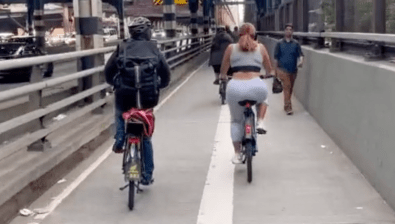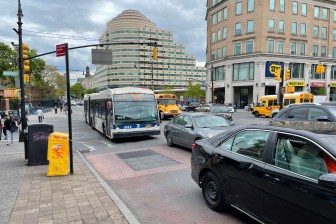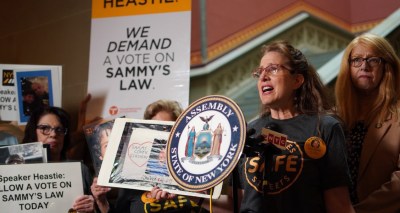Seminar: Green Building Design at the Black Rock Forest Consortium
After a career as a public school teacher and administrator, Jack Caldwell started work with Black Rock Forest to oversee their facilities and organize their use by visitors. He will discuss his experience with green building techniques in their Science and Education Center and the Forest Lodge, discussing the costs, benefits, maintenance and qualities of their building design and site selection; their use of photovoltaic arrays, geothermal heating and cooling, and composting bathrooms.
Black Rock Forest is a 3,800 acre natural area in the Hudson Highlands on the west bank of the Hudson River, 50 miles north of New York City. It is a prime example of the natural ecosystem which once covered the region with forests, ponds, brooks, wetlands and great biological diversity. Established in 1928 as a research and demonstration site, the forest was acquired in 1989 from Harvard
University by the not-for-profit Black Rock Forest Preserve, which set the region aside as a natural area for perpetuity.
The forest is administered and used as a field station by the Black Rock Forest Consortium, comprised of private and public educational and research institutions, including Columbia University. The Consortium provides a center for research and teaching at all levels locally at the Forest and through an information network that links students, researchers, teachers, administrators, and institutions, to fulfill its mission as a center for research, a network for ecological data, and as a model of ecosystem management and high performance facilities. Jack Caldwell adds, "If technology can be defined as the use of materials and processes to satisfy human needs, then green building technology clearly acknowledges the need and is moving rapidly forward with the development of materials and processes to meet these needs. It is very exciting to part of it all."





